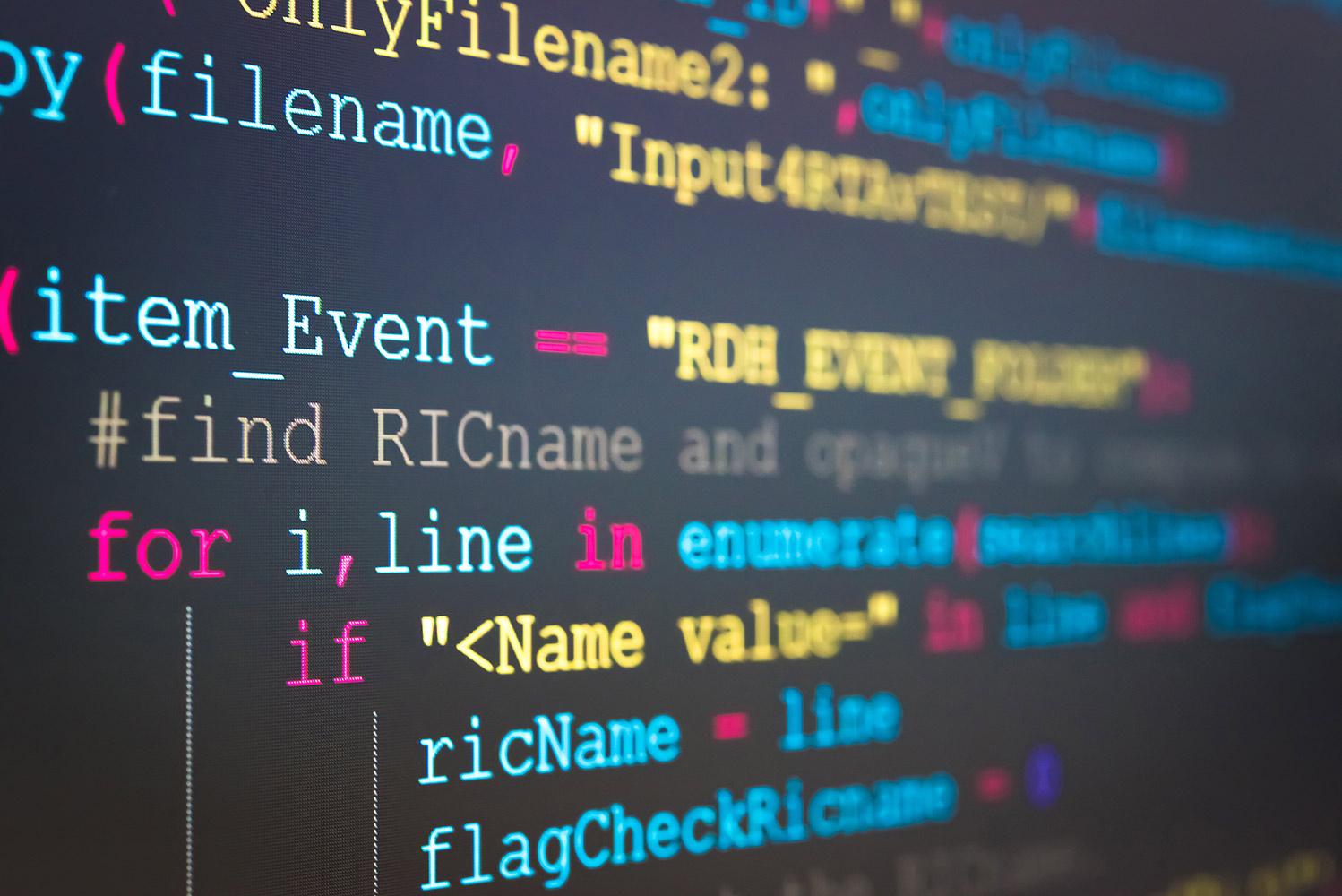
McPherson Magnet's STEM Program
PROJECT LEAD THE WAY - K-5th Launch and 6th-8th Gateway
What is STEM?
Kindergarten Launch
Kindergarten students work in teams to build the skills and knowledge necessary to successfully design and build a cast for a friend who gets hurt on the playground. First, students "zoom" into the body and learn about the major structures inside and how different body parts perform different functions. At the end of the module, students will determine how their cast should be structured to complete its desired function.
Zoom into the Body
Bones
Muscles
First Grade Launch
In a previous module, students explored how light and sound travel over distances. Now it's time for 1st grade students to design a cover for a playground structure that will protect students from ultraviolet (UV) radiation. Throughout the module, students will document patterns as they observe the Sun, moon, and stars. Then, take cover students and solve the problem!
Sound Travels
Sun Trackers
Patterns of the Moon
Second Grade Launch
Did you know that computer scientists do more than just program computers? These 2nd grade experts do! The activities in this module include discussing what computer science involves and then proves how much math is involved when coding. At the end of the module, students will use their creativity to program, using specific criteria, their own game using Scratch Jr.
Rosie's Runtime
Repeating Rosie
Moving with Math
Third Grade Launch
Yikes students--there's a tiger trapped in a moat at the zoo! First students will explore, design, sketch, and build both simple and compound machines as well as test the forces of magnets. Then students will investigate the effects of balanced and unbalanced forces. At the end of the module, students will apply the design process as they work collaboratively to develop a solution. Let's save the tiger!
Introduction to Forces
Simple Machines
Lever
Fourth Grade Launch
Focusing on input, processing, and output, 4th grade brain experts understand how similar a computer system and the human brain can be. They can also appreciate how computer programs can help people solve real-life problems. In this module, students work collaboratively using pair programming to learn the ins and outs of programming using Tynker. At the end of the module, they will program an interactive game that will collect data to assess the user's brain fitness.
Pass the Input
Binary Messages
Image Representation
Fifth Grade Launch
This module starts with 5th grade students exploring robotic history, researching a variety of robot types, including the use of robots to clean up after natural disasters, and crafting their own definition of a robot. Then using VEX kits along with the Design Process, students work in groups to design, model, and test a robot that can remove "hazardous waste" from a site they will design.
KWL
Robot Research
Roboticists
6th grade Gateway
According to a new report by CNET, robots could replace humans in a quarter of US jobs by 2030. This course starts with students describing the positive and negative effects of automation and robotics on humans in terms of safety and economics. Then students will be challenged to work collaboratively to build several mechanisms that change speed, torque, force, and movement. They will put the mechanisms to work while building a windmill, a pull toy, and surviving a zombie invasion.
Mechanisms
Crank & Slider
Belt & Pulley
7th Grade Gateway
In this course, students are learning about programming for the physical world by blending hardware design and software development. 7th graders discover computer science concepts and skills by creating personally relevant, tangible, and shareable projects.
Digital Dive
Debug Programs
Exploring Micro:bit
8th Grade Gateway
8th grade medical detectives explore concepts of biology and medicine to determine factors that led to the death of a fictional person. Students examine autopsy reports, investigate medical history, and explore medical treatments that might have prolonged the person's life. The activities and projects introduce students to human physiology, basic biology, medicine, and research processes while allowing them to design their own experiments to solve problems.
Medical History
Lab Cultures
Antibiotics, Do They All Work the Same?
McPherson Magnet School
Email: jerven@orangeusd.org
Website: mcphersonhome.meteormail.net
Location: 333 South Prospect Street, Orange, CA, USA
Phone: 714-997-6384
Twitter: @McPhersonMagnet



























